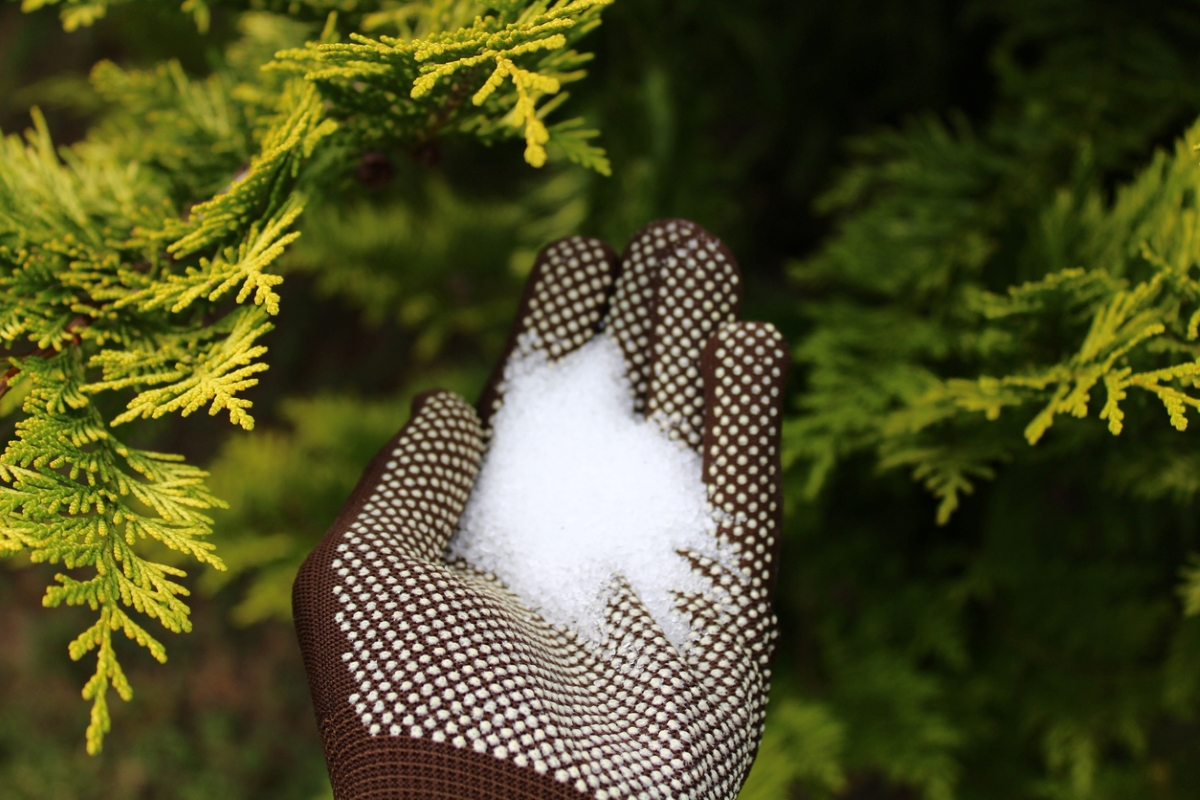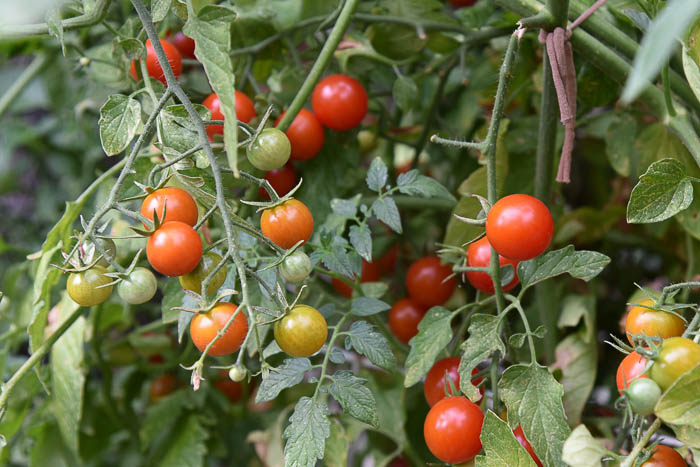Discover the Specific Plants That Are Adversely Influenced by Epsom Salt Application
Epsom salt, a popular family remedy for various gardening woes, is usually praised for its useful results on plant development. Not all plants react positively to its application. Understanding the details plants that can be negatively impacted by Epsom salt is essential for any type of garden enthusiast seeking to maximize their plant treatment routine. Roses, tomatoes, azaleas, peppers, and rhododendrons are just a few instances of plants that may not react well to Epsom salt. The reasons behind these damaging results and exactly how to mitigate them are crucial knowledge for preserving a thriving garden.
Roses

Roses, especially delicate to modifications in their setting, can be negatively impacted by the application of Epsom salt. While Epsom salt is frequently used as a plant food to promote plant development and enhance flowering, roses are one of the plants that do not respond well to its application. The high magnesium web content in Epsom salt can hinder the uptake of various other vital nutrients by the rose plants, causing deficiencies that show up as yellowing fallen leaves or stunted development.

Tomatoes
While Epsom salt is often touted as a remedy for various plant issues, consisting of bloom end rot in tomatoes, its application can lead to damaging results if not used judiciously. Too much Epsom salt, which is magnesium sulfate, can disrupt the fragile nutrient balance required by tomatoes, possibly leading to deficiencies in various other crucial nutrients like calcium. When taking into consideration the use of Epsom salt on tomatoes, it is important to adhere to recommended application prices and soil screening to prevent unexpected effects on the total health and wellness and productivity of these precious garden plants.
Peppers
Peppers, revered for their numerous shades and levels of spiciness, can demonstrate susceptibility to unfavorable influences from Epsom salt when not applied with care and consideration for their particular nutritional demands. what plants don't like epsom salt. Peppers, coming from the Solanaceae family members, need a fragile equilibrium of nutrients to thrive. While Epsom salt is recognized to boost magnesium levels in plants, excessive application can disrupt this equilibrium, resulting in damaging effects on pepper plants
When peppers are revealed to high degrees of magnesium from Epsom salt, it can conflict with the plant's capability to take in other essential nutrients like calcium and potassium. This discrepancy may materialize in signs and symptoms such as leaf discoloration, stunted development, and minimized fruit manufacturing. In addition, the too much magnesium can alter the dirt pH, additional exacerbating nutrient uptake problems for peppers.

Rhododendrons
Offered the level of sensitivity of specific plant varieties to inequalities caused by Epsom salt, it is vital to take into consideration the effect on Rhododendrons, which also need details nutrient degrees to grow. Rhododendrons are acid-loving plants that prefer acidic soil conditions with a pH range between 4.5 and 6.0. Epsom salt, chemically known as magnesium sulfate, can modify the dirt pH and disrupt the fragile equilibrium of nutrients essential for Rhododendron health.

To preserve the optimal development and health and wellness of Rhododendrons, it is important to stay clear of the indiscriminate use of Epsom salt and instead concentrate on supplying the specific helpful hints acidic dirt conditions and nutrients that these plants require for prospering.
Azaleas
These popular blooming plants are often discovered in gardens, parks, and landscapes due to their elegance and versatility. While Epsom salt is typically used as a this page solution for magnesium deficiency in plants, its application to azaleas can have negative effects.
When Epsom salt is put on azaleas, it can alter the soil pH, making it much more acidic. Azaleas choose somewhat acidic soil conditions, and an unwanted of magnesium from Epsom salt can disrupt this balance, causing nutrient inequalities and potential toxicity concerns. The wrong application of Epsom salt can cause stunted development, yellowing of leaves, and overall decrease in the wellness of azaleas. As a result, it is critical to be careful when considering using Epsom salt on azaleas to stop any adverse consequences on these delicate decorative hedges.
Conclusion
To conclude, it is very important to be aware of the certain plants that can be adversely impacted by the application of Epsom salt. Roses, tomatoes, azaleas, peppers, and rhododendrons are some examples of plants that may not profit from Epsom salt and could even endure harm. It is important to study and comprehend the demands of each plant species before making use of Epsom salt as a fertilizer to ensure their wellness and well-being.
Comprehending the details plants that can be adversely impacted by Epsom salt is critical for any gardener looking to maximize their plant helpful site care routine. While Epsom salt is frequently used as a fertilizer to promote plant development and enhance flowering, roses are one of the plants that do not react well to its application.Too much usage of Epsom salt can also result in a build-up of salts in the soil, leading to root damage and dehydration of the rose plants. While Epsom salt is understood to improve magnesium degrees in plants, too much application can disrupt this equilibrium, leading to unfavorable impacts on pepper plants.
The high salt web content in Epsom salt can also dehydrate Rhododendron roots, causing additional tension and damages to the plant. (what plants don't like epsom salt)